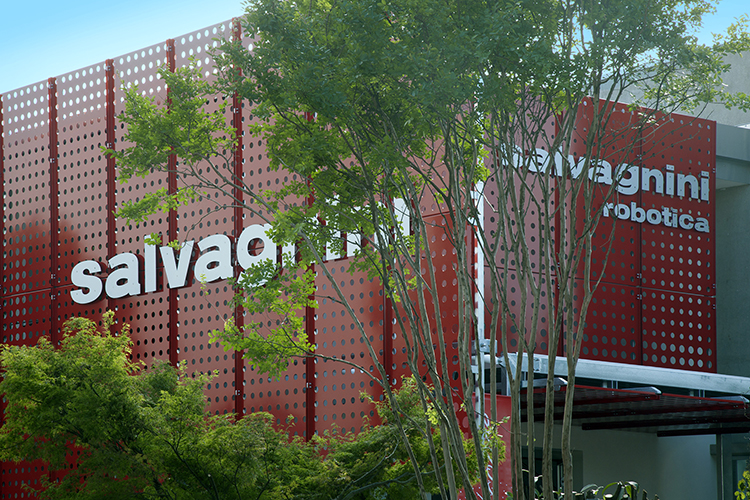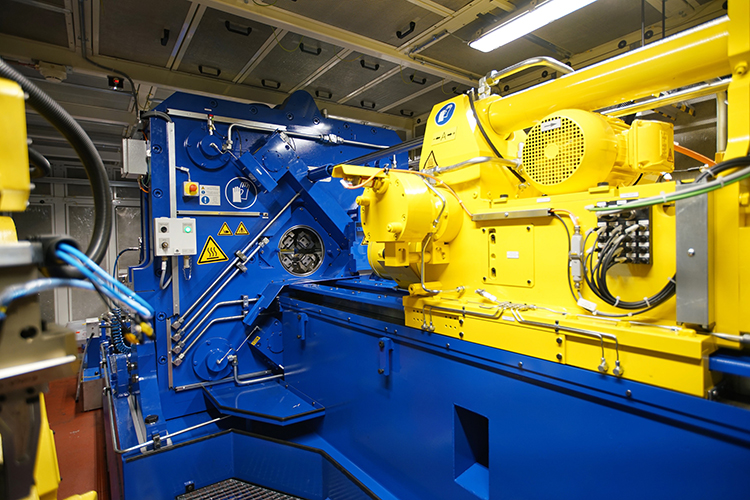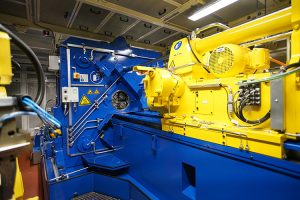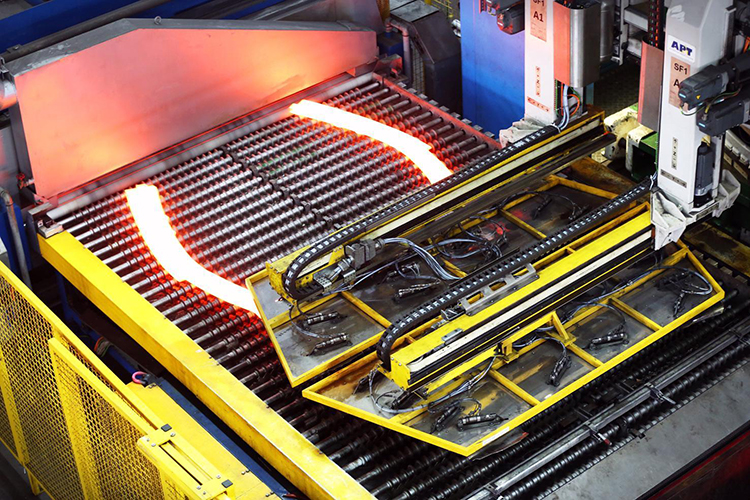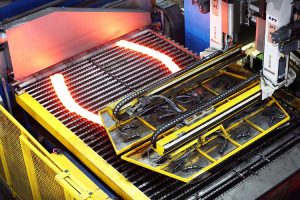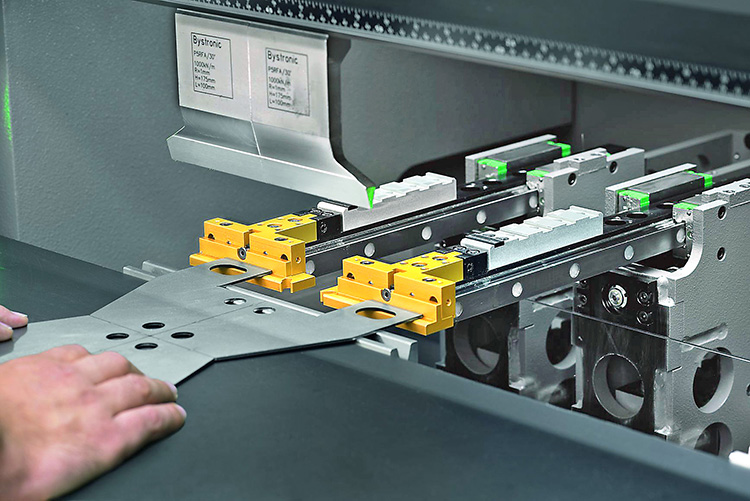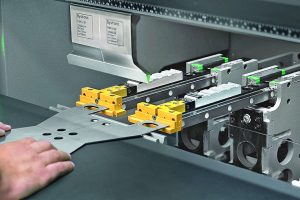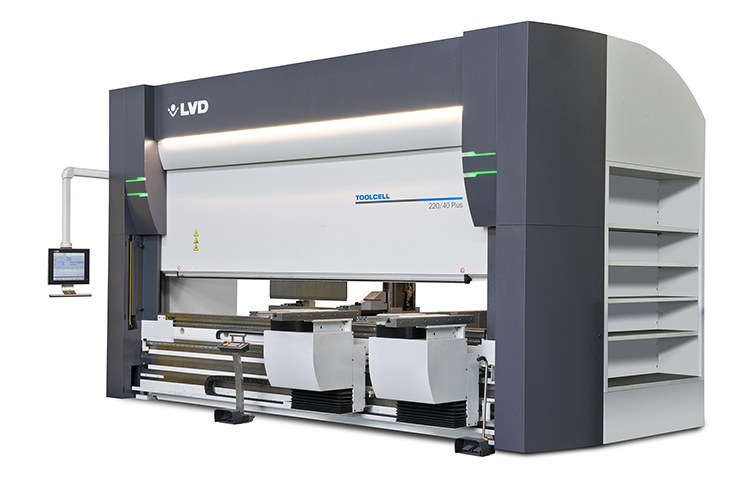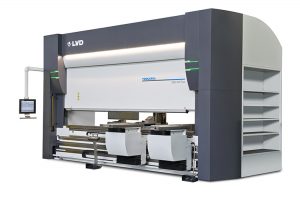Salvagnini recently staged a ribbon-cutting ceremony for Salvagnini Robotica, the group’s new division for the development and manufacture of press brakes and associated robotic applications in Brendola, near Vicenza. The plant is situated just 8 km from Salvagnini’s headquarters in Sarego.
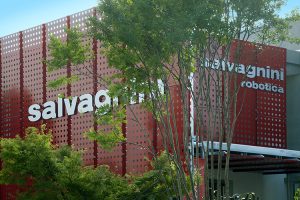
With a factory floor space of 4000 sq m, the new facility is devoted entirely to the manufacture of B3 press brakes, which currently come in 14 models, from 2 to 5 m in length, and from 60 to 400 tons force capacity. According to the company, the next step in the development of these machines is full robotic automation. With this in mind, Salvagnini says that its Roboformer technology is currently in development in Sarego.
Among recent announcements, the Salvagnini B3.ATA press brake has been upgraded with numerous automated devices that make it adaptive to different materials and products, while also offering completely autonomous operation in accordance with the company’s Industry 4.0 concept. The machine’s application extends from stand-alone operation to an integrated part of the Salvagnini FMC FlexCell which, for example, allows configuration with an L5 fibre laser-cutting system and P2lean panel bender.
For further information www.salvagninigroup.com







